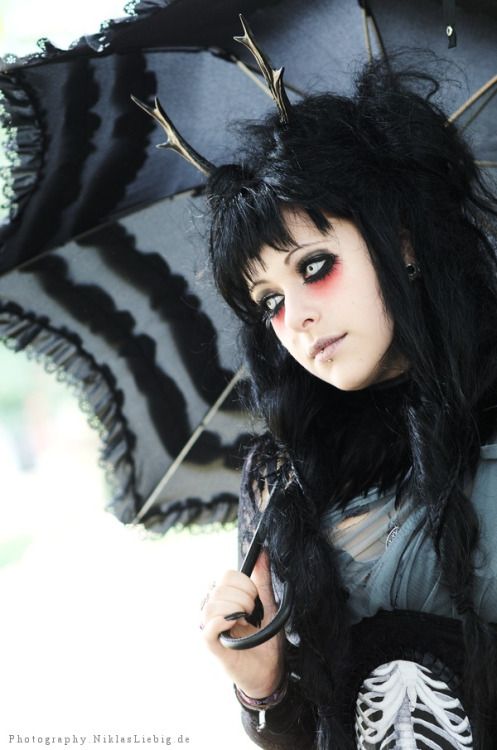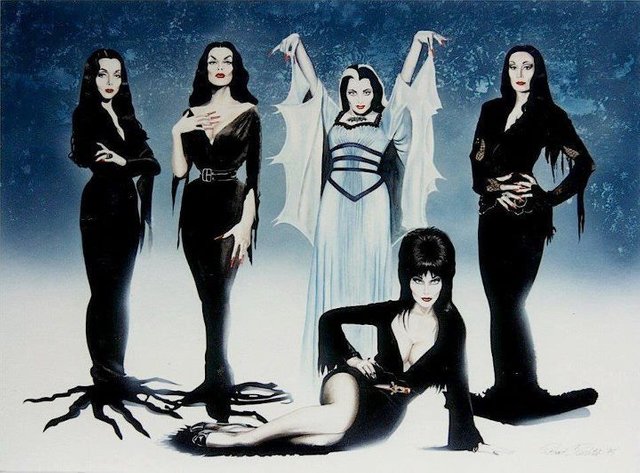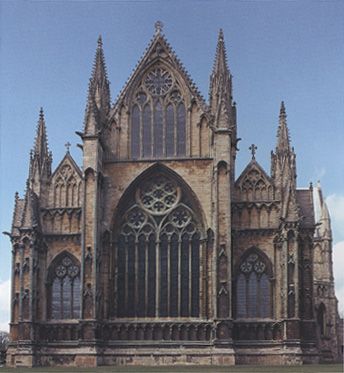World Goth Day: Learn More About Where Goths Originated From!
World Goth Day is celebrated on May 22, and is seen as a chance for the goth scene to celebrate its existence, along with an opportunity to make its presence known globally.
The day originated in the UK in 2009, when BBC Radio 6 was looking at a number of music subcultures during a week in May.
Goth DJs Cruel Britannia and Martin Oldgoth started an event, and the tradition has spread outside the UK to be celebrated each year across the world.
But where did the Goths come from, and how did the word come to be used in the way we recognise today?
To trace the roots of Goths, you need to go back to Ancient Rome, during the time when the Roman Empire was expanding.
As it did so, it was subject to raids and invasions, and one of the threats came from a Germanic people known as Goths.

They were made up of two tribal groups – the Visigoths and the Ostrogoths.
Some of the tribes kept opposing Rome, but others became part of the imperial army.
The Roman Empire then split in two, and the tribal armies played larger roles when it came to its defence and internal power struggles.
In the 5th century, Rome was captured during a mercenary revolt led by an Ostrogoth tribe – and the western emperor was deposed.
The two halves of the Empire remained fragmented, but the power of these Germanic tribes started becoming part of local cultures, such as the Britons, Anglo Saxons, Franks and Burgundians.

New art styles started to become popular – with cathedrals throughout Europe beginning to feature pointed arches, flying buttresses and large windows.
During the Italian Renaissance, which saw people admiring the culture of Ancient Greece and Rome, this art style began to seem crude and inferior.
It was labelled as ‘gothic’, which was a derogatory term referring to to the barbarians who were seen as the cause of classical civilisation being destroyed.
However, the Enlightenment period saw Romantic authors such as Byron seeking landscapes that were natural and filled with mysterious spiritual forces.
At this time, the word ‘gothic’ was repurposed, and came to describe a literary genre.
The Castle of Otranto, written by Horace Walpole, is the first literary work described as gothic, and this inspired many classics and movies over the following years.

In the 1970s, gothic influence started to be seen in music, with British post-punk groups such as Joy Division, Bauhaus and The Cure combining gloomy lyrics, imagery inspired by classical horror, and glam fashion.
By the 1980s, the music press was referring to bands as ‘gothic rock’, and the Goth culture has continued to this day – branching out into subcultures such as cybergoth, gothic metal, gothabilly and steampunk.
Musician Robert Smith of The Cure performs at the 2013 Voodoo Music + Arts Experience at City Park on November 3, 2013 in New Orleans, Louisiana


Nowadays, goths are known as people who adopt fashion styles such as black clothing, black eyeliner and period-styled clothing.
The subcultures became increasingly popular in many countries during the 2010s, and cover a wide range of styles.
Goths may dress in punk or Victorian-style clothing, listen to music such as gothic rock, industrial, neoclassical and post-punk, and take inspiration from horror films and literature.
Notable examples of Goth icons include Siouxsie Soux of Siouxsie and the Banshees, Robert Smith of The Cure and Ian Curtis of Joy Divison.
Hi! I am a robot. I just upvoted you! I found similar content that readers might be interested in:
http://metro.co.uk/2017/05/22/world-goth-day-where-did-goths-come-from-6652332/